When most people think of a safari, their minds instantly jump to the vast plains of Kenya or the sprawling wilderness of Tanzania. But here’s the thing about wildlife adventures — they’re not limited to one continent. From the tiger-filled jungles of India to the unique ecosystem of Australia’s Outback, incredible safari experiences await travelers willing to venture beyond the traditional African circuit.
These destinations offer something different yet equally thrilling. You might find yourself tracking jaguars through South American wetlands or watching komodo dragons roam ancient Indonesian islands. Here is a list of 20 safari destinations outside Africa that deliver unforgettable wildlife encounters and adventures you won’t find anywhere else.
Ranthambore National Park, India
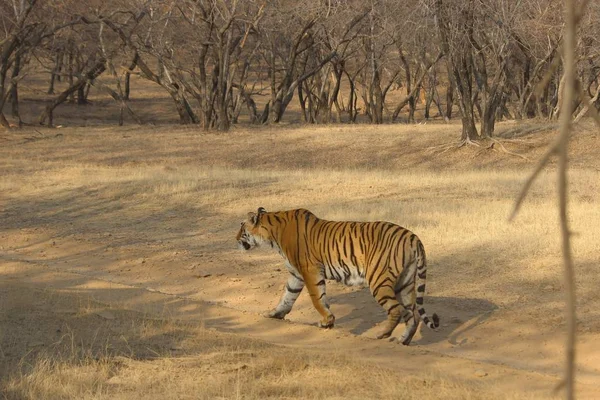
This former hunting ground of Indian royalty now serves as one of the world’s best places to spot wild tigers. The park’s mix of ancient ruins and dense forests creates a mystical backdrop for wildlife viewing.
Your chances of seeing the famous striped cats are incredibly high here, especially during the cooler months when they’re most active.
Yellowstone National Park, USA
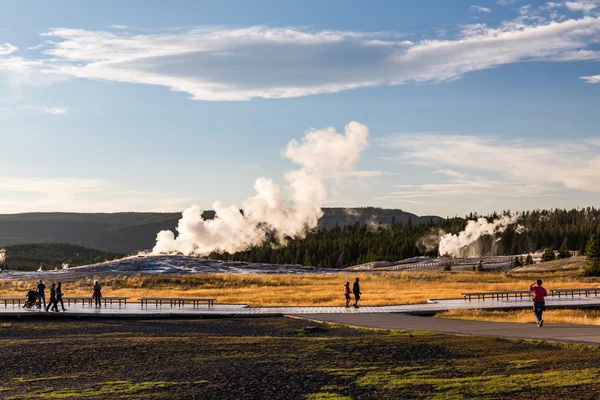
America’s first national park transforms into a winter wonderland where wolves, bison, and elk roam freely across snow-covered landscapes. The geothermal features add an otherworldly element to your safari experience.
Rangers often guide visitors to prime viewing spots where you can watch wolf packs hunt or see massive bison herds migrate through the valleys.
Like Travel Pug’s content? Follow us on MSN.
Pantanal, Brazil
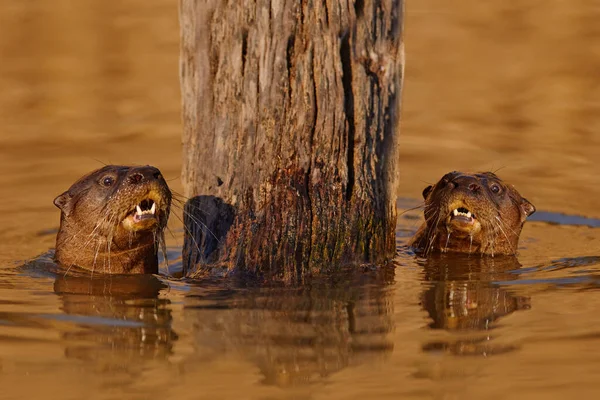
This massive wetland region holds the title as the world’s largest tropical wetland, making it a jaguar-spotting paradise. The landscape floods seasonally, creating an ever-changing ecosystem that supports incredible biodiversity.
During the dry season, wildlife concentrates around remaining water sources, making animal sightings highly likely.
Bandhavgarh National Park, India
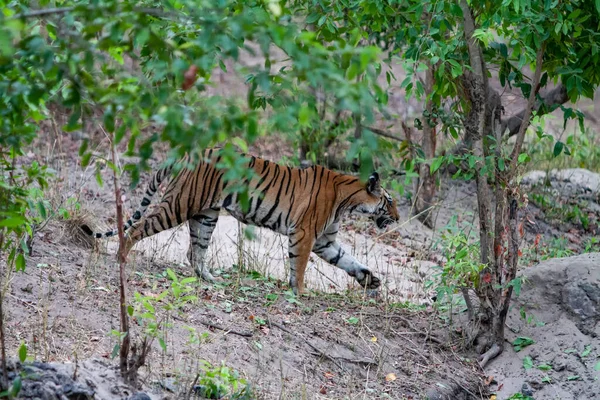
Known for having one of the highest tiger densities in India, this park offers intimate encounters with the country’s national animal. The terrain varies from steep ridges to open grasslands, providing diverse habitats for different species.
Local guides here possess generations of knowledge about tiger behavior and movement patterns.
Torres del Paine, Chile
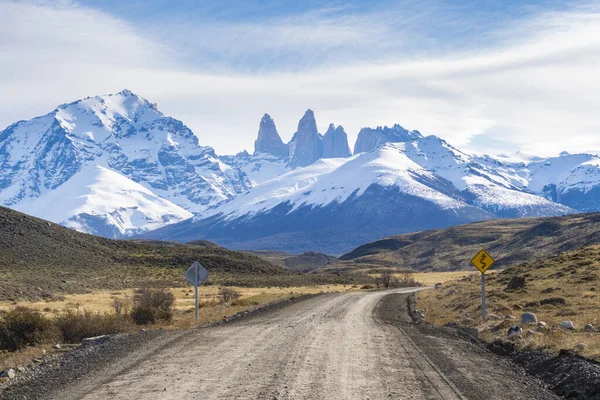
Patagonia’s crown jewel combines dramatic mountain scenery with unique South American wildlife like guanacos and pumas. The park’s vastness means you’ll need several days to explore its different ecosystems properly.
Condors soar overhead while you trek through landscapes that look like they belong on another planet.
Like Travel Pug’s content? Follow us on MSN.
Kakadu National Park, Australia
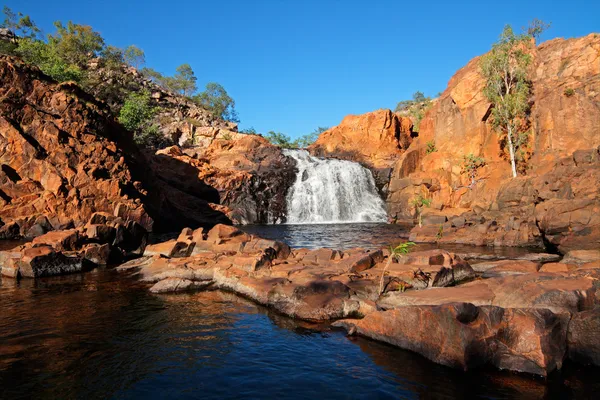
This UNESCO World Heritage site showcases Australia’s incredible biodiversity alongside ancient Aboriginal rock art. Saltwater crocodiles lurk in billabongs while colorful bird species fill the wetlands.
The park’s size — roughly half the size of Switzerland — means you could spend weeks exploring without seeing everything.
Chitwan National Park, Nepal
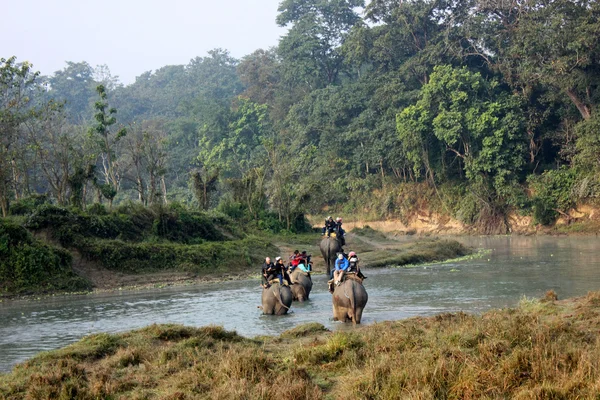
Nepal’s first national park protects one-horned rhinoceroses and Bengal tigers in the subtropical lowlands. Elephant-back safaris, though less common today due to conservation concerns, once offered a traditional way to navigate the tall grasslands and dense forests.
The park’s location in the Terai region creates a unique ecosystem different from the mountain environments most people associate with Nepal.
Yala National Park, Sri Lanka
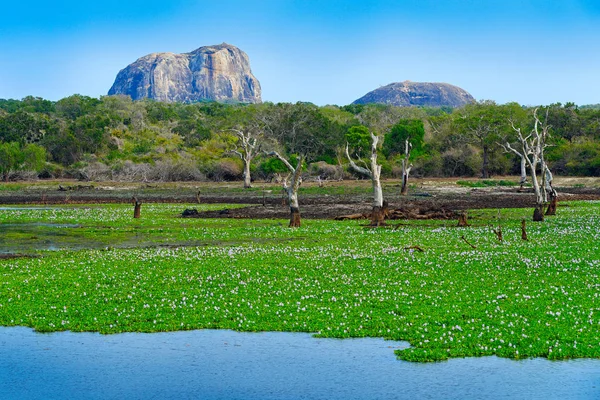
This island nation’s premier wildlife destination boasts the world’s highest leopard density per square kilometer. The park’s diverse landscapes range from coastal lagoons to dense jungles and open grasslands.
Sloth bears, elephants, and over 200 bird species call this place home, making every game drive an adventure.
Like Travel Pug’s content? Follow us on MSN.
Khao Yai National Park, Thailand
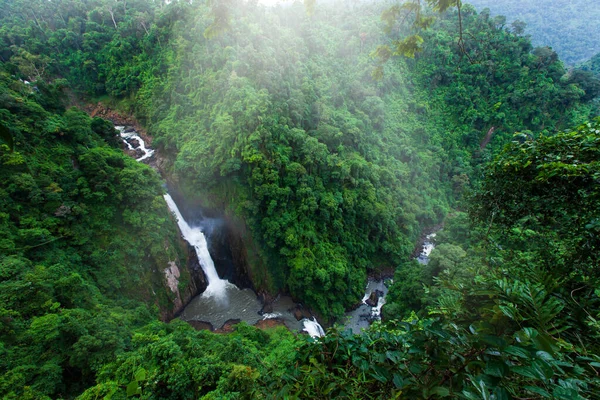
Thailand’s oldest national park protects a pristine monsoon forest ecosystem just a few hours from Bangkok. Wild elephants roam freely through the jungle while hornbills and gibbons create a symphony in the canopy above.
The park’s elevation creates cooler temperatures and different vegetation zones compared to other Thai destinations.
Sabah, Malaysia
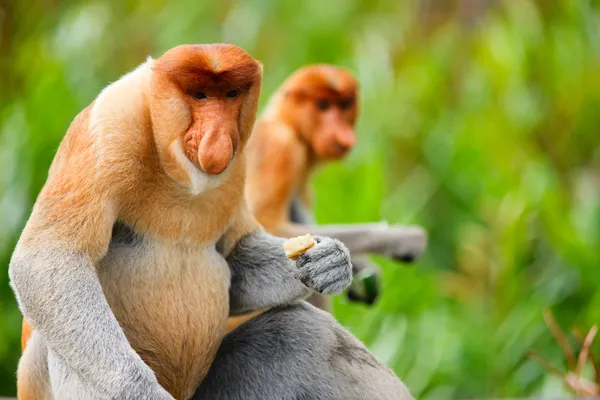
Malaysian Borneo offers encounters with orangutans, proboscis monkeys, and Bornean pygmy elephants in their natural habitat. The Kinabatangan River provides excellent wildlife viewing opportunities from traditional boats.
This region represents one of the world’s oldest rainforests, creating an ecosystem unlike anywhere else on Earth.
Komodo National Park, Indonesia

These volcanic islands host the world’s largest lizard species — the legendary Komodo dragon. The prehistoric-looking creatures can grow up to 10 feet long and possess venomous bites.
Pink sand beaches and excellent diving opportunities make this destination perfect for combining wildlife viewing with relaxation.
Like Travel Pug’s content? Follow us on MSN.
Kangaroo Island, Australia
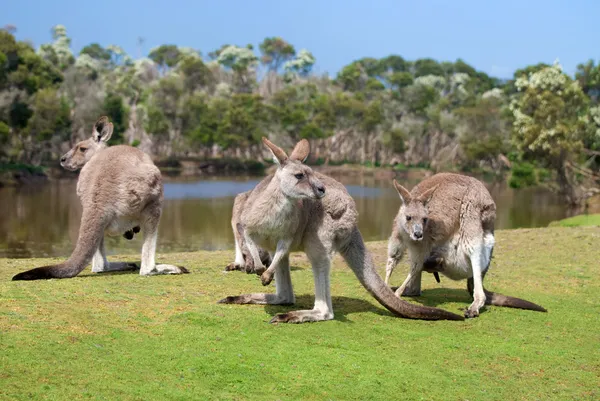
Located off South Australia’s coast, this island sanctuary protects native species in their natural environment. Kangaroos, koalas, and echidnas roam freely across diverse landscapes from eucalyptus forests to coastal dunes.
The island’s isolation has created unique subspecies found nowhere else in the world.
Denali National Park, Alaska
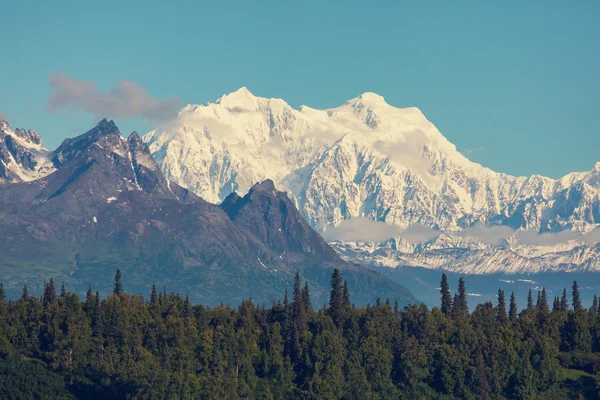
Alaska’s premier wilderness area offers opportunities to spot grizzly bears, wolves, and caribou against the backdrop of North America’s tallest peak. The park’s road system limits vehicle access, preserving the wilderness experience.
Summer brings 20 hours of daylight, giving you extended opportunities for wildlife viewing and photography.
Manuel Antonio, Costa Rica
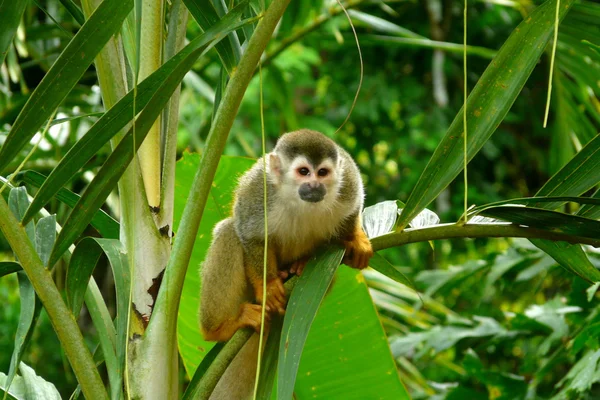
This small but biodiverse park combines pristine beaches with tropical rainforest habitats. Three-toed sloths move slowly through the canopy while colorful toucans and scarlet macaws provide vibrant splashes of color.
The park’s compact size makes it perfect for travelers with limited time who still want authentic wildlife encounters.
Like Travel Pug’s content? Follow us on MSN.
Galapagos Islands, Ecuador

These volcanic islands inspired Darwin’s theory of evolution and continue to showcase unique species found nowhere else. Giant tortoises lumber across ancient lava flows while marine iguanas bask on rocky shores.
The fearless wildlife allows for incredibly close encounters that would be impossible in most other destinations.
Patagonia, Argentina
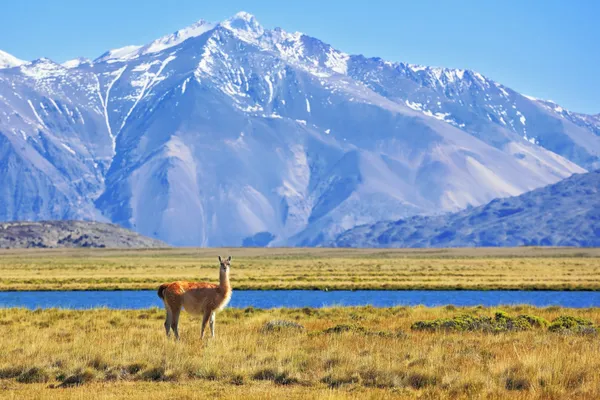
This vast region offers opportunities to track pumas through rugged mountain terrain and observe massive condor colonies. The landscape’s remoteness creates an authentic wilderness experience far from crowds.
Guanacos and rheas roam the steppes while Magellanic penguins colonize the coastal areas.
Corbett National Park, India
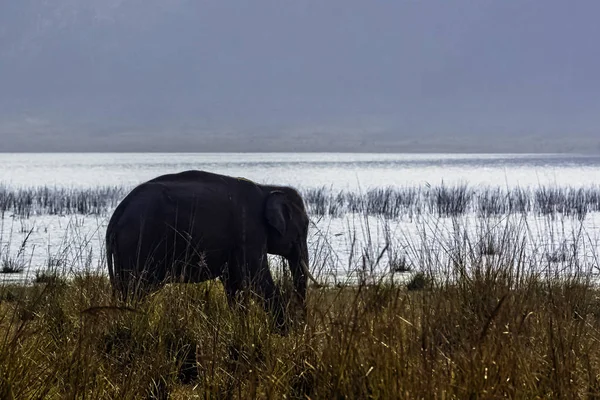
India’s oldest national park protects Bengal tigers and Asian elephants in the foothills of the Himalayas. The park’s varied terrain includes grasslands, forests, and riverine areas that support diverse wildlife populations.
Jim Corbett’s legacy as a tiger conservationist continues to inspire modern wildlife protection efforts here.
Like Travel Pug’s content? Follow us on MSN.
Sundarbans, Bangladesh

This massive mangrove forest creates a unique ecosystem where Bengal tigers have adapted to swimming between islands. The landscape constantly changes with tidal movements, creating an ever-shifting maze of waterways.
Local fishermen and honey collectors share these waters with the world’s only mangrove-dwelling tigers.
Wilpattu National Park, Sri Lanka
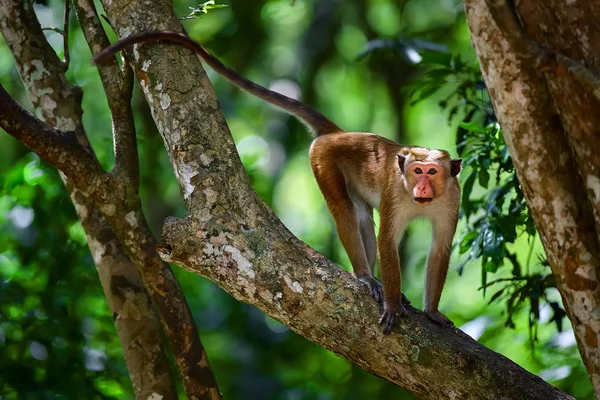
Sri Lanka’s largest national park offers a more remote wildlife experience compared to the popular Yala. The park’s unique ‘villus’ — natural lakes — attract elephants, leopards, and countless bird species.
Dense forest cover creates exciting game drives where wildlife appears and disappears like magic.
Kaziranga National Park, India
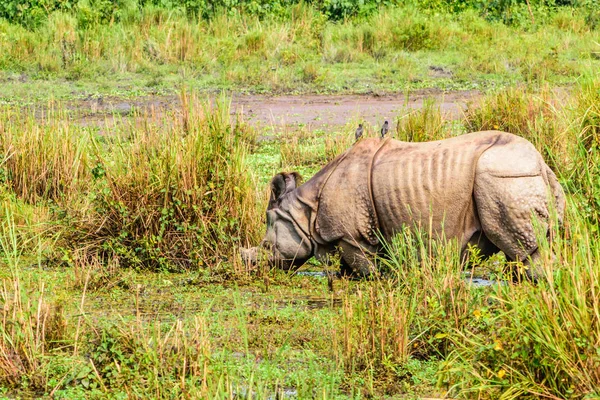
This UNESCO World Heritage Site protects two-thirds of the world’s one-horned rhinoceros population. The park’s grasslands and wetlands create a perfect habitat for these prehistoric-looking creatures.
Elephant-back safaris offer a traditional way to navigate the tall grass and approach rhinos safely.
Like Travel Pug’s content? Follow us on MSN.
Beyond the Serengeti Experience

These destinations prove that incredible wildlife encounters aren’t limited to African savannas. Each location offers unique species and landscapes that create memories just as powerful as any traditional safari. The diversity of experiences — from tracking tigers in Indian jungles to swimming with marine life in Indonesian waters — shows how our planet’s wildlife legacy extends far beyond any single continent.
Today’s travelers have more options than ever before to connect with nature and witness conservation success stories worldwide. These 20 destinations represent just the beginning of what’s possible when you expand your safari horizons beyond the familiar and embrace the extraordinary diversity our planet offers.
More from Travel Pug

- 20 Best Beach Towns in the Carolinas
- 13 Destinations Where Tourists Regularly Regret Their Trip
- 20 Things You Actually Get in First Class
- 20 Small Airports With Aviation Museums
- 20 Places in the U.S. That Are Perfect for a Reset Trip
Like Travel Pug’s content? Follow us on MSN.
